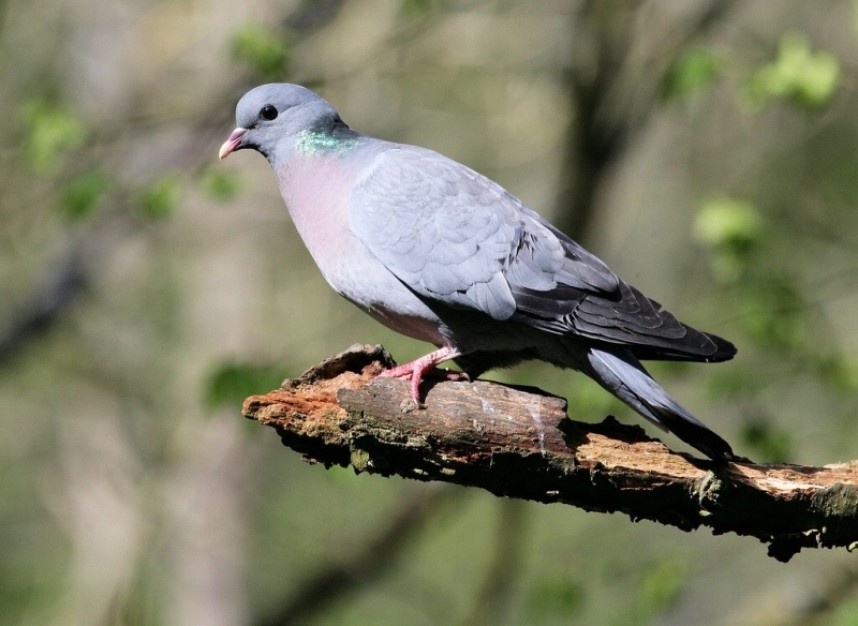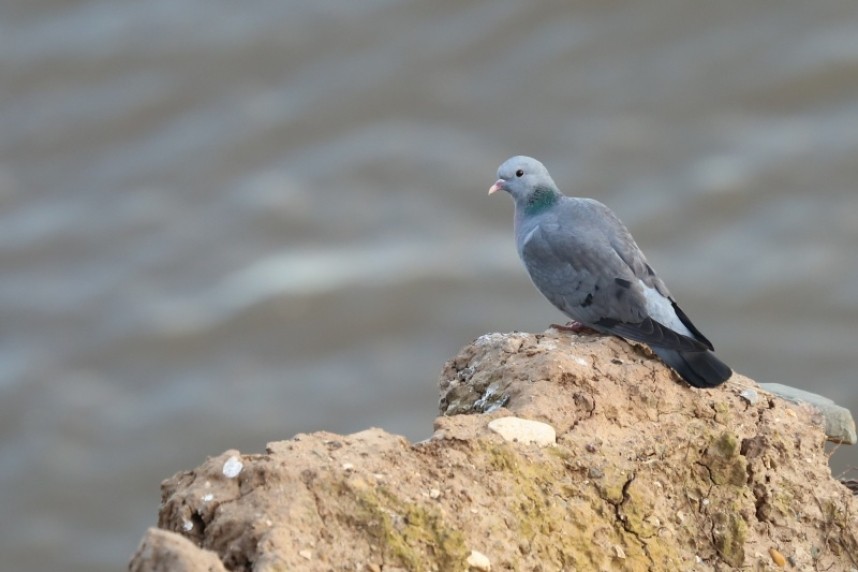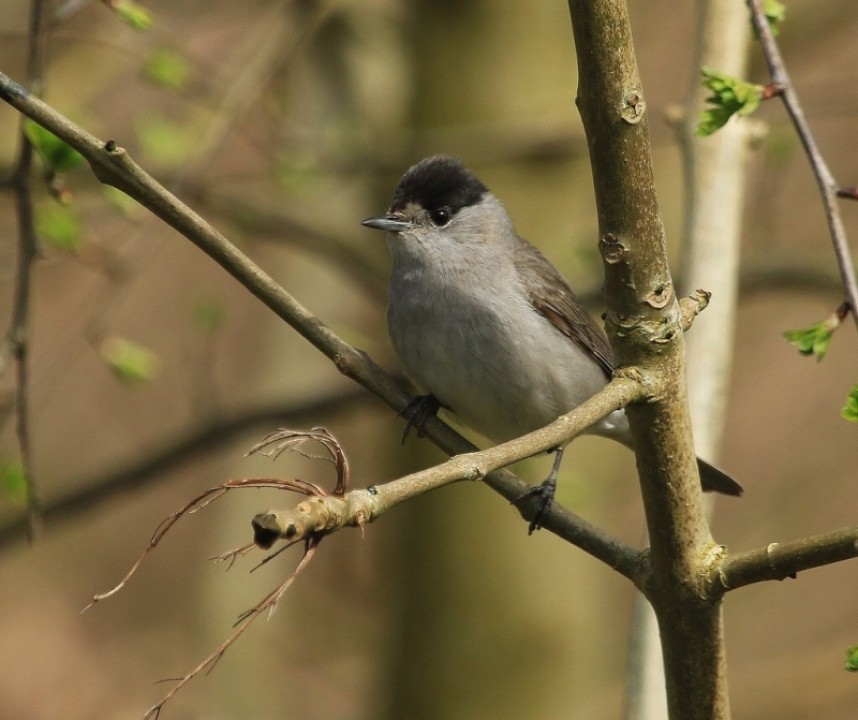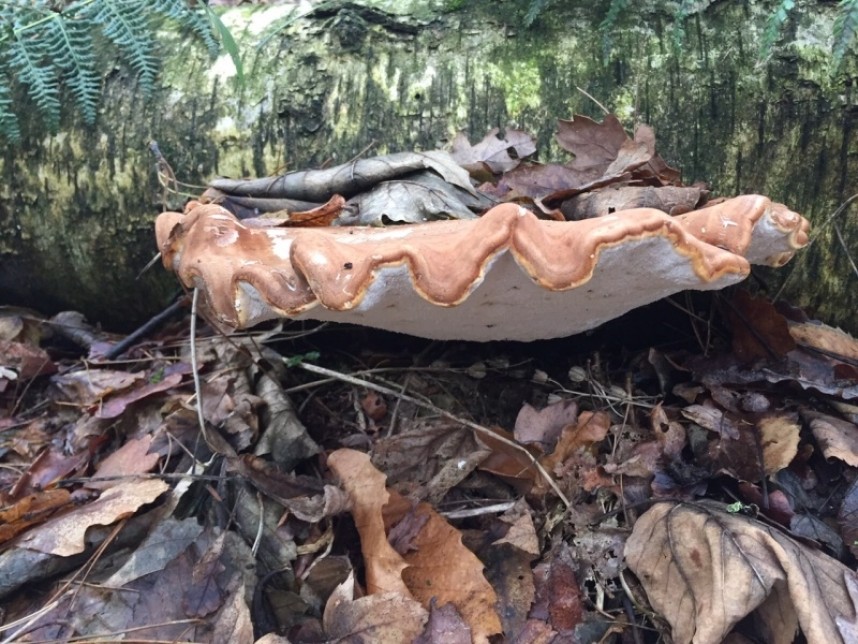What To Look Out For - January 2018
Happy new year to everyone! For wildlife enthusiasts January can be full of promise as many people get out and explore the wilder areas of Yorkshire. But what might we be missing closer to home? In this month’s blog I will be looking at two birds and one species of fungi which could be lurking right under your nose as well as starting a new feature highlighting up-to-the-minute news about unusual wildlife to look out for.
Most people are very familiar with one of our most common birds, the Woodpigeon. But not so many of us may recognise the Stock Dove, a smaller pigeon-like visitor to the bird table or trees near our home. These birds are definitely under appreciated. Don’t be fooled by their resemblance to Woodpigeon when you first spot them. They are smaller, daintier, far less confident and definitely more attractive to my eyes!

Stock Dove © Dan Lombard
Stock Doves are resident, with us all year round and are sedentary (non-migratory) but in a similar way as many other birds they may make short movements in winter to search for food. The British Trust for Ornithology (BTO) in their amazing book ‘The Bird Migration Atlas’ document the average movement of British Stock Doves as only 6km from their nesting site. In contrast to our birds, Stock Doves in the north and east of Europe are highly migratory, wintering in Spain and other southern European countries.
At this time of year, Stock Doves can turn up in and around your garden. Look out for their slimmer shape, distinctive fluorescent green neck colouring and in flight the black bars on their wings. They need a hole to nest but don’t always need an old tree. I remember finding a nest in the boulder clay cliffs of Flamborough where a pair was using a rabbit burrow. Maybe they were taking lessons from the nearby Puffins!

Stock Dove on the cliffs at Flamborough Head © Richard Baines
Another bird which may make a make a visit to your garden this winter is the Blackcap. A similar size to a Robin, they are one of only a small number of western European warblers which have taken on the challenge of wintering here. The rest opt for the winter warmth of Southern Europe or Africa. To attract Blackcaps to your bird table try hanging out rotting apples. The origin of these wintering birds is fascinating. The BTO have documented a pattern of Blackcaps arriving from the near continent in autumn and even mid-winter. Approximately 35% of Blackcaps ringed in Belgium during autumn prior to 1981 were recovered north of their breeding areas. So, if you see a Blackcap in your garden this winter it could be from Belgium or Germany!

Blackcap (male) © Dan Lombard
The weather outside my window today is perfect for a Fungi foray, wet, mild and misty! One of the more spectacular and easy to identify species is the Birch Polypore. Look out for them on their host tree, the Common Birch or Silver Birch growing anywhere there is a plentiful supply of dead wood. Its other common name Birch Bracket is a good way of remembering its distinctive shape. When small and fresh they are pale in colour becoming progressively brown and greyer with age as they grow larger. They are not poisonous and in fact have been used in medicine for thousands of years. A 5300-year-old mummy found in the Italian Alps was found to have Birch Polypore tied to two strips of hide. The infection found in his body was linked to the probable use of the Polypore he was carrying as an antiseptic.

Birch Polypore © Sue Halstead
Rare and Scarce Wildlife to Look Out For
As I write this on the 2nd January there are up to seven Hawfinch at Thornton-le Dale in the trees above Dog Kennel Lane. These birds have been here a while and they are normally rare in the North York Moors NP so this is a good chance to see the largest finch in Europe! Or you may be as lucky as local artist Jonathan Pomroy and find one on your garden bird table! https://jonathanpomroy.wordpress.com/
Richard Baines, Yorkshire Coast Nature



 Back to Blog
Back to Blog
